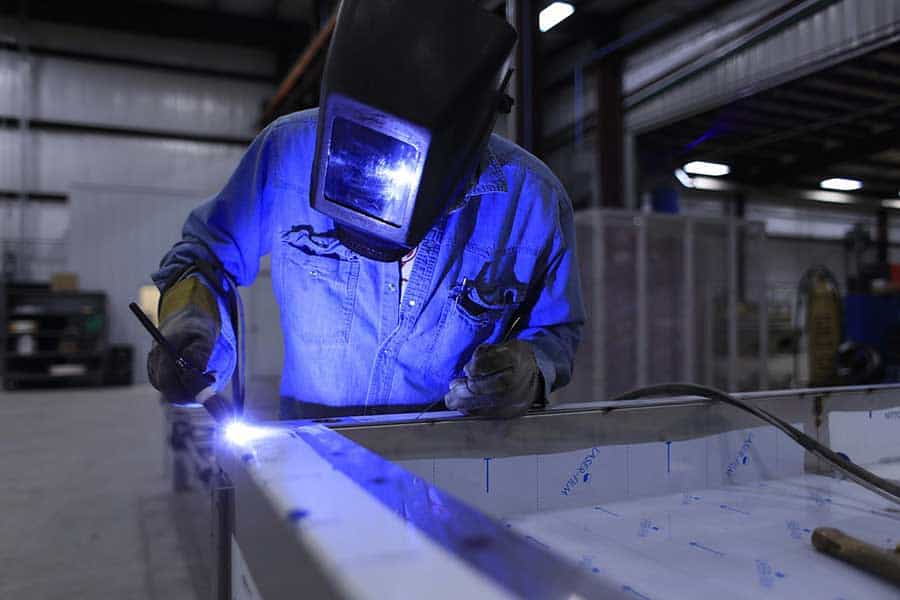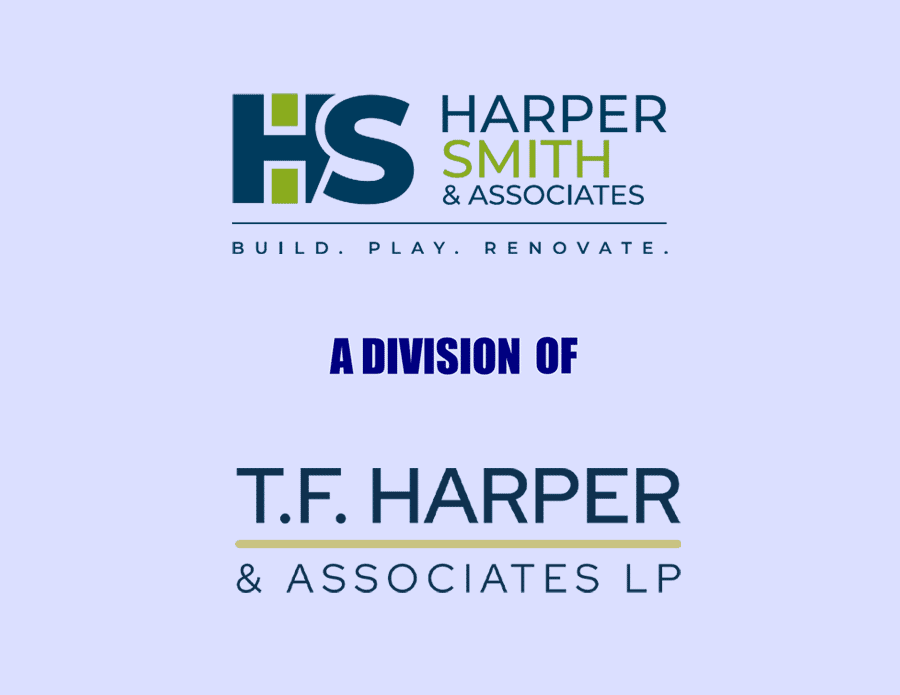The practice of welding can be dangerous if proper measures are not followed during the course of work. There are several different welding procedures with the four most common being Shielded Metal Arc Welding (SMAW), Gas Metal Arc Welding (GMAW/MIG), Flux Cored Arc Welding (FCAW), and Gas Tungsten Arc Gas Welding (GTAW/TIG). While each procedure may require additional precautions be taken, there are general industry measures you should follow to ensure safety.
Perform a Work-Area Hazard Assessment
You should always perform a work-area hazard assessment before you start a project. A hazard assessment should be the first item on your checklist when you arrive on your jobsite. Environmental conditions and/or hazards can increase your risk of fire, electrocution, and toxic air conditions.
Ensure Proper Ventilation
Walk through your immediate work area as well as the areas surrounding the location you will be welding. Ensure air is circulating properly and wear a respirator.
Prevent Air Contamination
The first step to prevent air contamination is to ensure you have proper ventilation. The second step is to confirm or enclose the area of which you are welding. If toxic materials are still present, a respirator should be worn to protect you from toxic fumes.
Personal Protective Equipment (PPE)
The proper personal protective equipment is vital to ensure your safety. Personal protective equipment should include head/eye protection, welding gloves, ear protection, welder jacket, and welding boots.
Head/Eye Protection
A welding helmet and safety glasses can be used to protect your eyes from the harmful effects of welding. Wearing safety glasses under your welding helmet is recommended as a second measure to protect you from flying projectiles that may be produced during the welding process.
Gloves
Welding gloves will protect your hands from the hot temperatures you encounter when welding. Ensure your gloves are in good shape before you start welding – gloves may wear out over time as they dry to due high levels of heat. Different types of gloves will provide you with greater dexterity, but do not compromise your safety for a little more dexterity if the specific job does not require it.
Ear Protection
The levels of noise encountered when welding can be damaging to your hearing. Earplugs or other types of hearing protection will eliminate the risk of projectiles entering your helmet and entering your ear. They will also ensure you do not damage your hearing while you are on the job.
Jacket
The majority of injuries encountered as a welder are burn related. A welder’s jacket should be worn to protect your body from sparks landing on your skin. Again, ensure that your jacket is in good shape before starting a project. In addition to protecting your skin from sparks, jackets are made from fire-resistant material which will ensure your clothing does not catch fire.
Boots
It is recommended that welders wear fire resistant boots. Your boots should be made of leather or a composite material and have a steel toe cap. The boots you wear when welding should cover your ankle by at least six to eight inches.
Safe welding practices can reduce your risk of injury as well as those around you. Always ensure your workplace is properly enclosed to maintain the safety of those not wearing the proper protection. You should always check personal protective equipment before each job to verify it is in proper working order.





